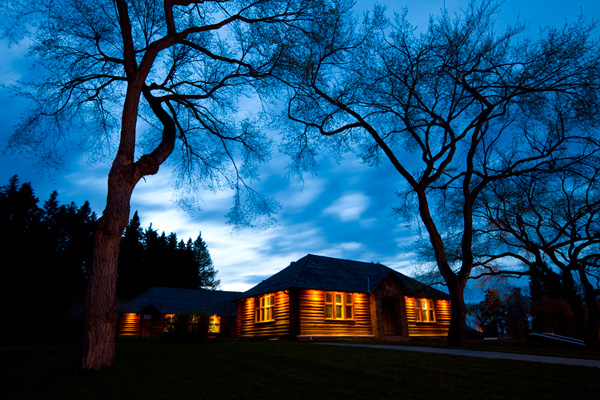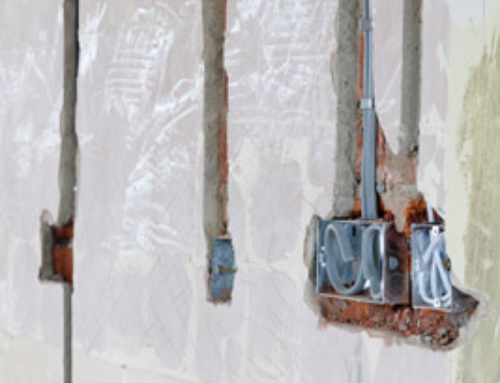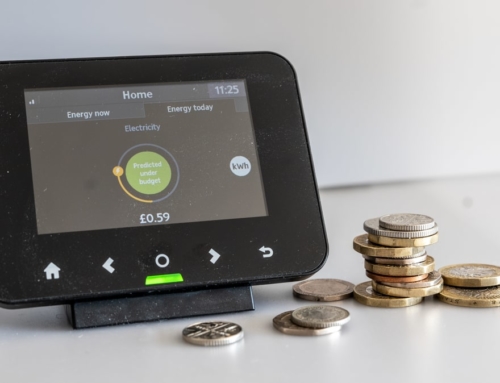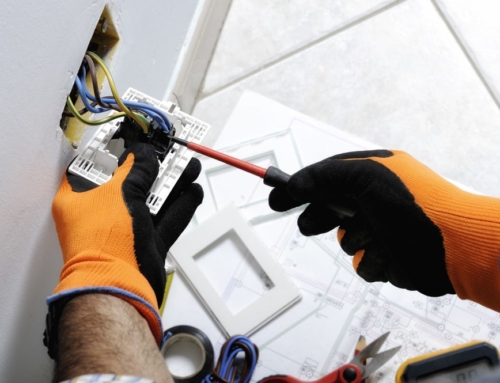
Running electrical cables to your garden cabin is a job for the professionals
Outbuildings and detached garages make fantastic offices, as they provide the peace and quiet you need to get on with your daily work. Our clients often approach us about renovating detached buildings for this purpose, or to give the kids their own space to play.
Whatever you plan to do with your garden building, you’ll need to get power to it, if only to have a light and a plug for a heat source. Depending on your home and the layout of your garden, this could be a very simple job, or it could be extremely expensive. To a degree, your success may depend on the goodwill of your neighbours, too.
Running Power Outside Safely
When you run power from a house to another building, you will be taking a live connection outdoors. There are all kinds of problems with running a submain in this manner. Water can get into cables, people can dig through them by accident, and animals can gnaw through wires. Cables fitted incorrectly may be pulled down by strong winds or debris.
You also need to consider what you need power for. Someone plugging in a laptop and a lamp needs far less than someone who wants to run power tools or electric heaters. At the same time, you need enough sockets to ensure your room is flexible and usable.
Finally, we need to know how far your buildings are from each other to do our calculations.
The general recommendation is that we run an armoured cable underneath the ground from your existing fuse box, and fit a second consumer unit in the outbuilding, which is essential for your safety. If your garage or outbuilding is located within your boundary, this will be far easier than it would be if the building is located elsewhere.
For example, if you share a drive with a neighbour, you might need their cooperation when you dig the drive up for the connection. You will certainly need to factor in the cost of repairing the drive afterwards.
In limited circumstances, we can clip cables or suspend them overhead. But never, ever attempt this kind of installation yourself. Running a cable in mid air is not recommended in most situations, and you should not run live supplies against items that might fall or be pushed over (such as fences).
Remember: our recommendations are deliberately vague because we need to see your building and plans. The methods we describe here are not suitable for a workshop and should not be attempted by amateurs.
The Law
If you want to permanently alter the electrics in your home, the law requires you to get the work Part P certified. This means you need to hire certified electricians to sign off the job under building regulations.
While you can do it yourself and have it certified later, this is rarely cost effective and could result in huge cost if the work has been carried out incorrectly. Everything will need to be properly tested, and if you don’t have the correct plans, you might have to pull everything up and pay someone to start it again.
No certified electrician will certify your work unless they are absolutely sure that it’s safe.
Kick Start Your Project
Running electricity outdoors is not a job for an amateur. Why take the risk? Contact MD Bespoke for a professional estimate, and enjoy using your new office without risk or danger to life.
























